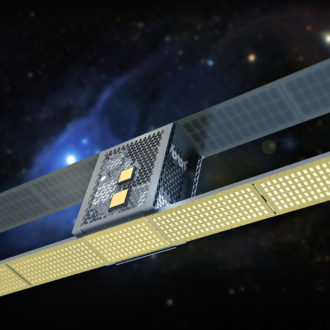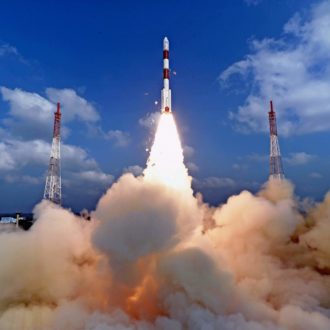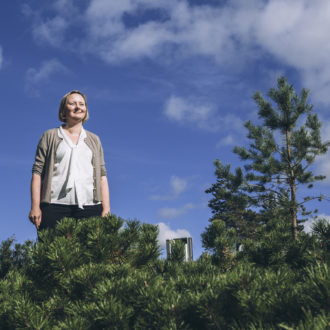Artificial intelligence, a branch of computer science, can already perform demanding tasks, if taught and trained by humans.
In the future, intelligent machines will be able to learn like humans, act like humans, and think like humans. They can free us from tedious routine work, and will enable us to concentrate on more creative tasks that bring more value to our lives.
Three waves of AI
“The first wave of AI in the 1960s required coding and programming of rules, so that software and algorithms could solve specific problems,” says Harri Valpola, an accomplished computer scientist and CEO of The Curious AI Company.
“This enabled the creation of automated processes like route planning, which have become an integral part of today’s technology,” he continues.
“Today, when we talk about AI we refer to its second wave, which is based on supervised machine learning. Speech and image recognition, machine translation, data mining and other existing AI applications are all based on the second wave.”
Valpola says the third wave of AI, autonomous artificial intelligence, is emerging today. There are no third-wave technologies in current AI products yet, but research labs have had working prototypes for some time now.
It may take several decades before the intelligence of machines surpasses that of human beings.
“But things like digital coworkers that utilise a simpler form of AI will be around much sooner,” Valpola says.
Complex problem solving

“We are able to tap into knowledge that was never available to us before,” says Maria Ritola.Photo: Samuli Skantsi
“AI systems that identify patterns in vast amounts of data enable complex problem solving,” says Maria Ritola, the Finnish co-founder and CMO of Iris AI, which recently closed a two-million-euro funding round. “We are able to tap into knowledge that was never available to us before.” The startup has launched an AI-powered science R&D assistant that helps researchers track down relevant research papers without having to know the right keywords.
“But one of the risks of AI systems is that they learn human prejudices due to biases in the training data given to them, which is then used for decision making,” she says.
Social impacts of AI
“Another risk is that governments do not participate enough in developing AI systems,” says Ritola.
“As a result, we may fail to understand the social impacts of the machines that are getting ever more intelligent. One of the areas to understand and manage is the big shift in job markets relating to automation.”
Finland sees the big picture.
“The Finnish government is acutely aware that AI will change our jobs and careers, and wants to understand how it will affect individual people and our society,” says Pekka Ala-Pietilä, who heads a steering group that carved out a plan for Finland’s AI programme.
“Finland has huge potential to become one of the leading countries in exploiting the benefits of AI. The idea is to make it easy for businesses to utilise AI, and to support the public sector in building predictive, AI-powered digital services based on people’s major life events. We want to keep our country wealthy, our businesses competitive, our public sector effective, and our society well-functioning.”
AI MILESTONES
|
By Leena Koskenlaakso, ThisisFINLAND Magazine 2018







